Thunderbolt-based USB4: backward compatible, speed gains and more

The USB Promoter Group revealed information about the upcoming USB4 specification today in a press release.
In short: USB4 is based on Thunderbolt, backwards compatible with USB 3.2, 2.0, and Thunderbolt 3, and about twice as fast as USB 3.2 Gen2x2.
When USB 3.0 was introduced back in 2009, it was an improvement in all regards compared to the-then dominating standard USB 2.0. USB 3.1 and 3.2 were introduced in the years that followed; each a step up in terms of performance and data transfer rates over the previous standard.
Not all is golden today though. Not all new devices that come on the market support the latest USB versions. It is not uncommon, especially for low-end devices, to only support USB 2.0, or include more USB 2.0 ports than USB 3.0 ports. It does not help either that the names that the USB Promoter Group picked for the individual specifications are confusing, and that people had to deal with different cables and connectors next on top of that.
To add even more icing to the cake, it was announced recently that USB terms would be rebranded: USB 3.0 to USB 3.2 Gen 1 and the marketing term SuperSpeed USB, USB 3.1 to USB 3.2 Gen 2 and the marketing term SuperSpeed USb 10Gbps, and USB 3.2 to USB 3.2 Gen 2x2 and the marketing term SuperSpeed USB 20Gbps.
Today's announcement adds USB4 to list of available USB versions. USB4 is based on Intel's Thunderbolt technology. Intel made Thunderbolt 3 royalty-free and the USB Promoter Group uses the Thunderbolt specification as the base for USB4.
USB4 offers double the bandwidth of USB 3.2 Gen2x2, and the same as Thunderbolt 3 which Intel launched in 2015. The standard supports up to 40GB/s opposed to 20GB/s which USB 3.2 supported. The upcoming version features additional improvements such as efficient options to share multiple data an display protocols.
USB4 uses USB Type C which was introduced with USB 3.2 Gen2. Intel plans to integrate support for Thunderbolt 3 and USB4 natively into upcoming products. It is likely that other manufacturers will do the same eventually thanks to the royalty-free nature of USB4.
The new USB4 architecture defines a method to share a single high-speed link with multiple end device types dynamically that best serves the transfer of data by type and application. As the USB Type-Câ„¢ connector has evolved into the role as the external display port of many host products, the USB4 specification provides the host the ability to optimally scale allocations for display data flow. Even as the USB4 specification introduces a new underlying protocol, compatibility with existing USB 3.2, USB 2.0 and Thunderbolt 3 hosts and devices is supported; the resulting connection scales to the best mutual capability of the devices being connected.
Closing Words
The specification has not been released officially yet; while it is possible that things may change before that happens, it seems unlikely that this is going to happen.
The announcement leaves some questions unanswered:
- When will the first consumer devices with USB4 support be released?
- Will USB 3.2 Gen2x2 be dead on arrival?
Now You: What is your take on the USB standard and the new USB4?






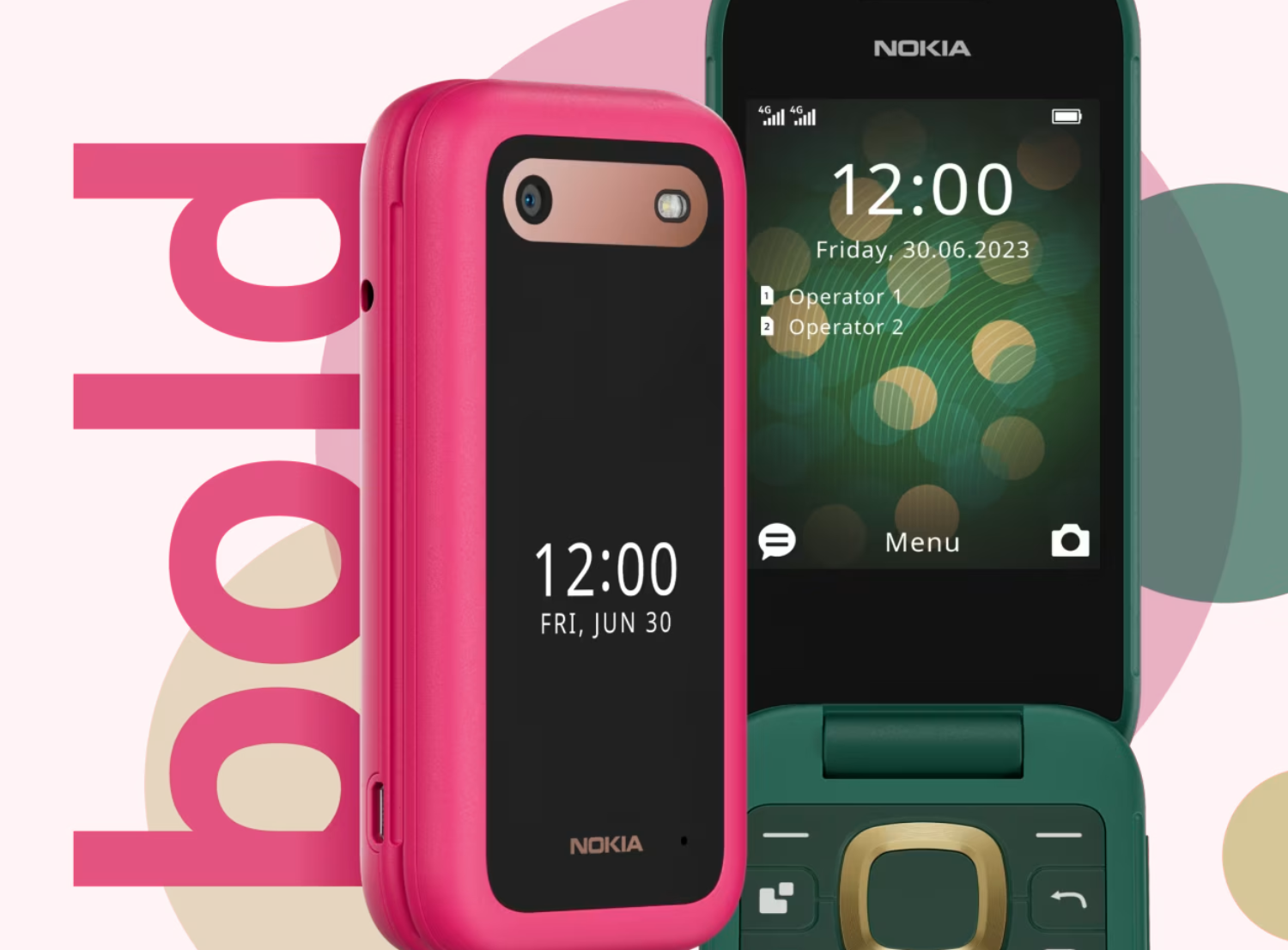
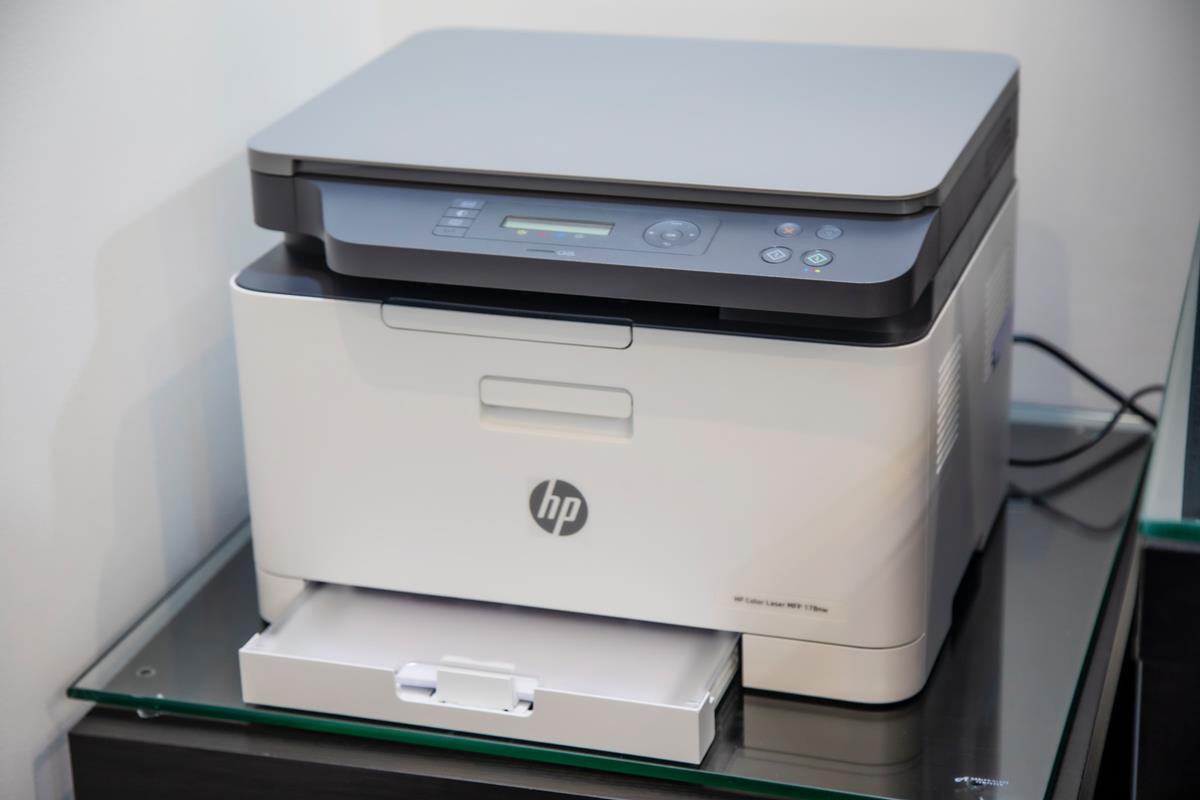
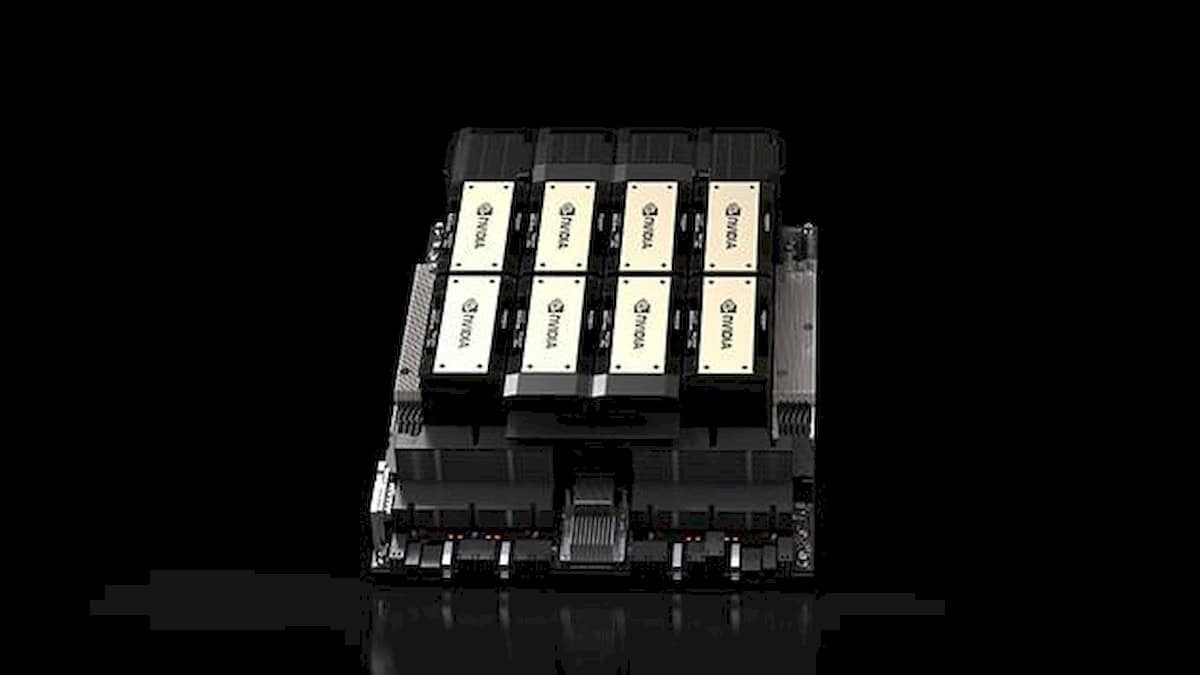
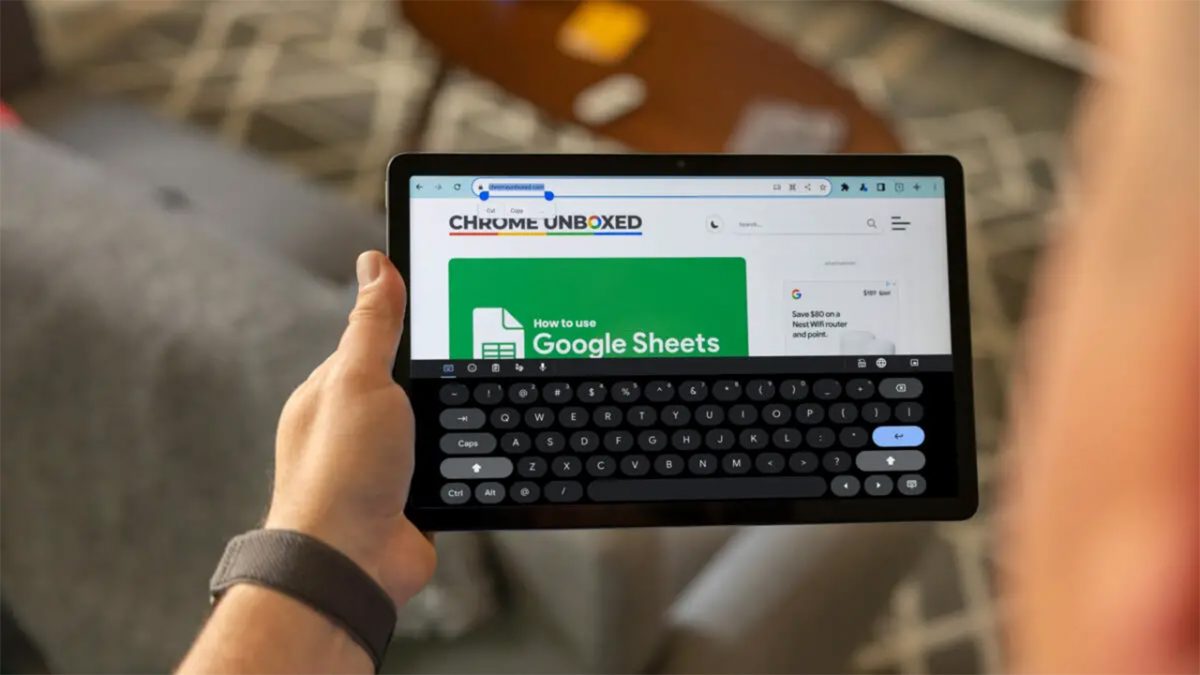
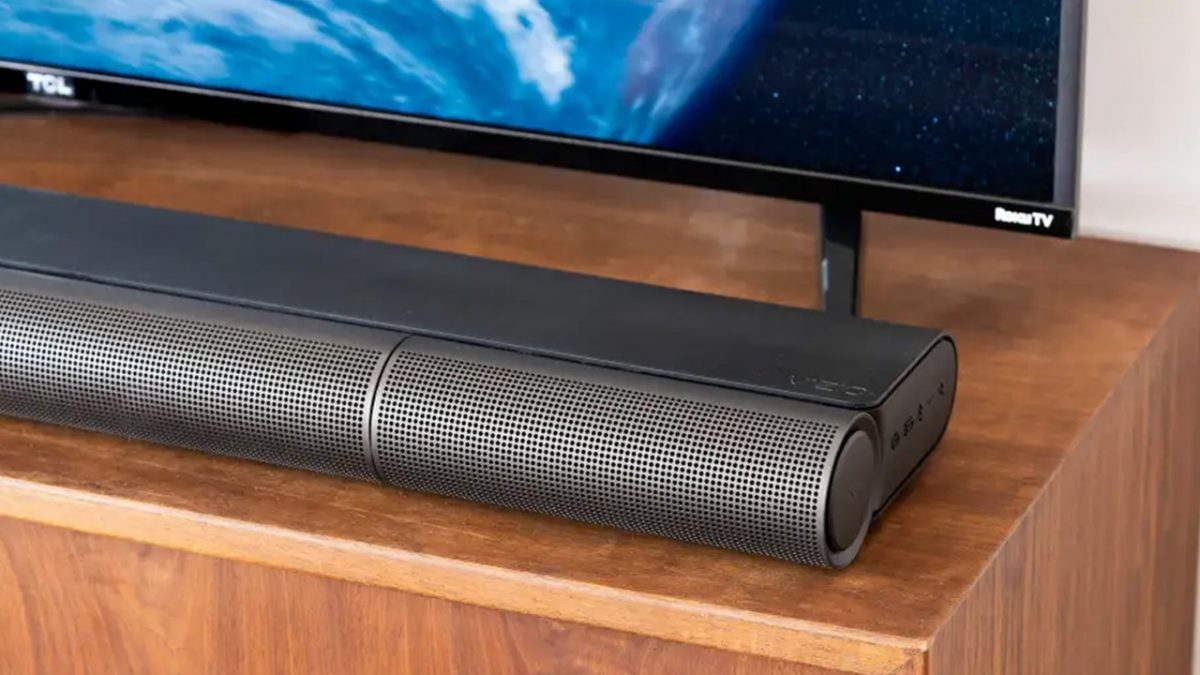
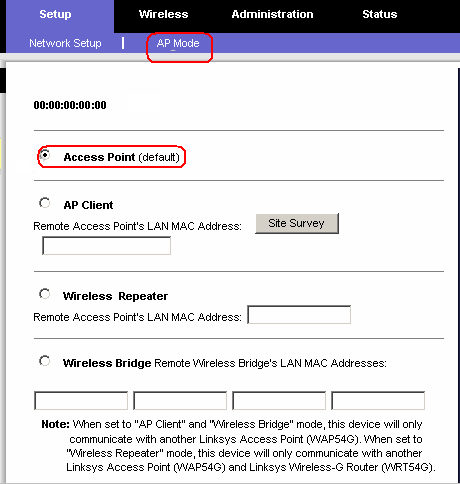
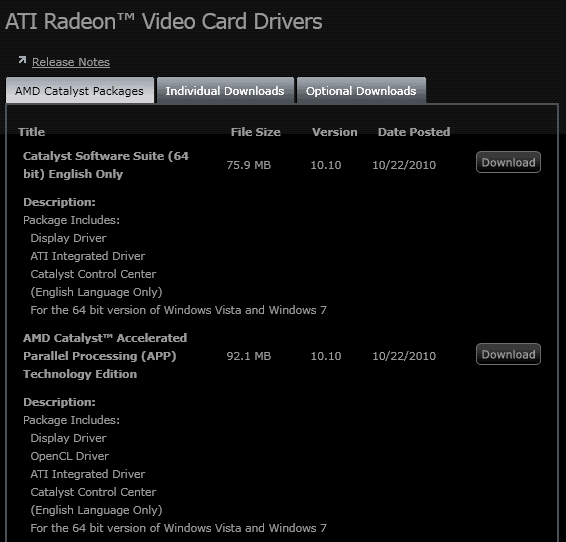










For me, USB-C and/or USB 3.1 have been a bust. I’ve got a iMac, which has 2 USB-C ports. Without researching carefully, I went out and bought some USB-C external HDDs/SSDs and USB-C to micro-USB cables thinking I would just cut over completely to USB-C. I thought that because USB-C had been out for 2-3 years (2014), and that I’m on my 2nd phone with it, there will be plenty of cheap Chinese peripherals which support it. I could not have been more wrong.
As far as I can tell, 5 years after the standard was finalized, there is still not a single USB-C to USB-C hub available on the market. This is hard to confirm because there are hundreds if not thousands of hubs that plug IN to USB-C, but do not fan out to USB-C. Apple does not sell one, I don’t think Belkin has one. There are plenty “kitchen sink” hubs, which are really glorified docking stations for $75 and up with ethernet, display, and shoe-polishers, but if you have an iMac, you don’t really need those do you? (And by the way, you’ll be lucky if any those stations even give you 2 USB-C ports.)
The USB standards group (is it their fault?) I suspect took credit for something they were never really good at. (The old born on third base problem.) Lets face it, USB-A was better than the blizzard of physical interconnect standards before it, but horrible for “making” most of us need three attempts on average to plug a USB cable in successfully.
1st time, you attempt using the correct orientation, but don’t quite line it up right. 2nd time you flip it over, and it will not go in, third time you either flip it over one more time, and try again, or look at it carefully, try to remember which way is “up”, then give it another go. If it fails a 4th time, you’ve gotta get the flashlight out, get on your hands’n’knees under the desk, haul the PC out enough to look at the back, but not accidentally unplug the other USB cables, and figure out which way wuz “up” for the motherboard on that particular PC.
…And by the way, provided a plug (USB-A) which fit just well enough into an Ethernet jack to stay, resulting in a lotta tech support calls where it took a long time to solve what should not have been a problem. Lets face it, you never had that problem with PS-2, RS-232 or Parallel!
…and instead of limiting themselves to 3-4 plug types for USB 2.0, they came up with 8 if I count right: A, B, mini-A, mini-B, mini-AB, micro-A, micro-B, micro-AB. Plus allowing tens if not hundreds of proprietary phone plugs to use their trademark.
Now with the latest USB acceptance of “Alternate mode partner specifications”, they are allowing USB to theoretically connect to everything possible, without making it easy for consumers to actually figure out what it IS possible to connect up. (See Amazon complaint reviews of folks trying to get either power or video through from one end to the other of USB-C cables/hubs.)
If you can explain to me in simple terms in one paragraph how HDMI, DisplayPort, Thunderbolt, and MobileDefinition Link all interoperate with one another, and your average non-techy to understand, I’m all ears.
There is a reason we have different standards for delivering power, RF thru coax, data of different speeds, and video and audio signals. It makes it easy for people who know nothing to plug their PC in, power it up, and connect keyboard mouse, network etc. By trying to grab more interconnect territory, thus making USB even “more universal”, the USB group has doomed the usefulness of their standard.
Given the lack of USB-C to USB-C hubs, I’m assuming that there are no chips available to do so cheaply. The reason that there are no chips, is that the USB group has made it too difficult to engineer a chip which does something as simple as being a hub. Gigantic fail in progress in my opinion.
@Dave: I agree about USB-C. I have learned to strongly dislike that connector.
@ Dave
USB-C ports/plugs came onto the world mass market in 2016 with the introduction of iPhone 7 = only 3 years ago.
It is usually not wise to jump early into a new technology, especially price/cost-wise, eg the new Huawei Mate X foldable phone costs US$2,600.!
……. We should wait 1 or 2 more years for the USB-C devices and it’s adapter cables/hubs for peripherals to mature and for prices to drop.
Jumping straight from USB-A to the new USB-C technology is like “jumping from the frying pan into the fire”.
Have a nice day.
Actually Apple still does not offer an iPhone with a USB-C port (you have to use a lightning to USB-C dongle.)
I agree on postponing adoption early adoption for tech, but I think this adoption curve is going in a completely different direction. Usually early adopters can expect to things: high prices and few choices early before widespread availability, OR a failure for the market to adopt the technology.
This is a weird hybrid situation: there were some early tech hiccups (Like the Benson Leung-revealed cable problems), but the USB-C port has made deep and wide adoption for host devices (many phone phone manufacturers, Mac laptops, USB thumb drives, cables, external SSD & HDDs) This is not a situation where one company went all in, and failed to get a technology to be adopted by the marketplace, and not a case where tech was standardized, but then not adopted widely.
If you could point to a single $200/€200 1:4 USB-C hub, with technical issues, I would say, yeah, I adopted the tech too soon in a normal tech cycle. Instead, I think we can say that I adopted some early technology that is probably going to fail at doing what it said it could do, even though it got itself widely adopted.
And by the way, in my rant above, I did not even get in to the debacle of using the same physical port standard for two different hardware interface specs (USB & Thunderbolt3)!
@ Dave
It’s weird that there are no or very few USB-C multi-ports hubs that connect directly to other USB-C host or peripheral devices, ie the hubs mostly connect to older devices, eg via USB-A-3.0 ports.
……. So, at present, USB-C host devices need to have at least 2 USB-C ports but most new smartphones have only 1 USB-C port.
In comparison, there are plenty of cheap USB-A-2.0 multi-ports hubs that connect directly to other USB-A host or peripheral devices.
@AnorKnee Merce: “It’s weird that there are no or very few USB-C multi-ports hubs that connect directly to other USB-C host or peripheral devices”
It’s not actually so weird. The USB-C standard is very poor at actually standardizing the things, and many of the capabilities that are implied by USB-C may or may not be supported by the specific USB-C cable that you’ve purchased (and using the wrong cable can cause physical damage in certain cases). This makes creating a USB hub a bit of a dangerous thing — there are going to be tons of customers who will be blaming your hub for failures that are really caused by cabling.
Not to mention that the licensing fees are quite high, and if you wanted to make a hub that was as universal as possible, those fees would make the device cost more than most people would be willing to pay.
All in all, as a standard, USB-C is a bit of a disaster.
@ John Fenderson
I doubt it is because of poor standardization of USB-C adapter or connecting cables.
On a laptop, users sometimes will want to connect USB keyboard, mouse, flash-drives, external hard-drives, external DVD-drive, cooling fan, lights … or a HDMI large screen TV, projector, Ethernet, micro-USB smartphone/tablet, etc to the laptop.
…….This can be easily done on an old-generation laptop with USB-A-2.0/3.0 ports via adapter cables and multi-ports hubs.
……. Some old-gen desktops have about 10 USB-A 2.0 and/or 3.0 ports.
It’s weird that users find it difficult to connect USB-C keyboard, USB-C mouse, USB-C flash-drives, USB-C external hard-drives, USB-C external DVD-drive, USB-C cooling fan, USB-C lights, USB-C smartphone/tablet and other USB-C devices to a laptop with a limited number of USB-C ports just because there are no or very few USB-C multi-ports hubs.
Could there be a conspiracy going on to ‘milk’ consumers.?
It’s also weird that Apple still retains the Lightning port for her latest iPhone XR and XS but retains the USB-C port for her latest MacBooks.
As a home-consumer, afaik, USB-C ports/plugs were introduced mainly to replace USB-A ports/plugs, in order to accommodate ultra thin laptops like the MacBooks and Surface Pros, ie USB-A ports/plugs were too thick or large.
……. Coincidentallly, USB-C ports/plugs could also replace micro-USB ports/plugs in smartphones/tablets because of it’s dual-capability of transferring power and data simultaneously, even though USB-C ports/plugs are slightly thicker/larger than micro-USB ports/plugs. Micro-USB ports/cables are either for transferring power/charging or data(eg connect phone to laptop), not both at the same time.
Thick squarish USB-A ports/plugs can come in the technology-standards of USB 2.0(= black color) and/or, USB 3.0(= blue color) and/or USB 3.1(= turquoise color).
……. Thin oblong reversible USB-C ports/plugs can come in the technology-standards of USB 3.0 and/or USB 3.1 and/or Thunderbolt 1 to 3.
So, buyers of USB-C adapter cables/peripherals should check their device specs and what technology-standards are being used by the cables/peripherals, eg avoid the USB 3.0 technology-standard.
……. USB-A adapter cables/peripherals come only with USB 2.0 and/or USB 3.0 and/or USB 3.1 technology standards, but not Thunderbolt.
USB 2.0 = 0.5Gbps/2.5Watts at 5V
USB 3.0 = 5Gbps/5W at 5V
USB 3.1 = 10Gbps/10W at 5V or 60W at 12V or 100W at 20V
Thunderbolt = 10Gbps/10W at 5V or 60W at 12V or 100W at 20V
Thunderbolt 2 = 20Gbps/ ditto
Thunderbolt 3 = 40Gbps/ ditto
Laptops = about 60W/12V to 20V = can be powered/charged by USB-C ports/plugs.
Smartphones = about 5W/5V
USB-C ports/plugs can be flimsy and sensitive because they are shorter/shallower and have many more pins inside the port/plug, ie 24 pins, vs 9 pins inside the USB-A-3.0 ports/plugs = need to handle with care and keep them clean, eg do not move the devices around too much while USB-C connected or plugged-in. USB-A-2.0 ports/plugs have only 4 pins inside.
……. USB-C ports/plugs should have been made non-reversible like the USB-A ports/plugs = only 12 pins needed inside the USB-C port/plug.
At present, USB-C adapter cables and multi-port hubs are still quite costly compared to those for USB-A and micro-USB.
Sorry, correction …
“……. Thin oblong reversible USB-C ports/plugs can come in the technology-standards of USB 3.0 and/or USB 3.1 and/or Thunderbolt 3.”
.
Thunderbolt 1 and 2 technology standards came with their own specific Mini DisplayPort connectors/plugs that are exclusive to Apple’s 2014-era MacBooks = a failed technology standard that has been abandoned by Apple and Intel.
USB 2.0, USB 3.0, USB 3.1 and Thunderbolt 3 technology standards are backward-compatible.
USB 3 is not only confusing but also expensive. That’s why low to middle phones are still using USB 2. Be careful plugging any random USB 3 into your phone, it might fry your phone!
Since the developers are playing around with weird nomenclature for the various generations of product – perhaps they should also consider removing the letter “U” from the name.
There sure as hell is nothing “Universal” about the confusing mess this is evolving into.
Given that most new laptops are still crippled with USB 2 ports it’s unlikely that the average consumer is going to see this new technology for many years!
@slumbergod: “still crippled with USB 2 ports”
You say “crippled with”, I say “benefits from”. I prefer USB2, and buy my equipment accordingly. Nothing I’ve read about USB4 makes it seem superior to USB2 for me.
I like having a USB 2 port on PCs. Makes installation of Windows 7 easier.
@Yuliya: Windows 7, what’s that? ;-)
The quite old 2011-released Win 7 SP1 ISO file does not support the USB 3.0 technology-standard and NVMe SSDs = no drivers.
……. Newer laptops and netbooks may come with only USB 3.0 or newer ports = no USB 2.0 ports and no DVD-drive = will not be able to install Win 7, if using a bootable install USB flash-drive.
There are modified Win 7 SP1 iso files available online with USB 3.0 and NVMe drivers support slip-streamed into them.
“USB4 is based on Thunderbird”
I think you meant Thunderbolt here. ;)
Haha, yes. Thanks!
I am no expert but today 4th March 2019 came across this article on Hacker News:
Security researchers have discovered a new class of security vulnerabilities that impacts all major operating systems, including Microsoft Windows, Apple macOS, Linux, and FreeBSD, allowing attackers to bypass protection mechanisms introduced to defend against DMA attacks.
Known for years, Direct memory access (DMA)-based attacks let an attacker compromise a targeted computer in a matter of seconds by plugging-in a malicious hot plug device—such as an external network card, mouse, keyboard, printer, storage, and graphics card—into Thunderbolt 3 port or the latest USB-C port.
The DMA-based attacks are possible because Thunderbolt port allows connected peripherals to bypass operating system security policies and directly read/write system memory that contains sensitive information including your passwords, banking logins, private files, and browser activity
https://thehackernews.com/2019/02/thunderbolt-peripheral-dma-attacks.html
“What is your take on the USB standard and the new USB4?”
The USB “standard” has gotten out of control and is in danger of no longer accomplishing one of its primary design goals (I think it’s arguable that with the nomenclature problems with USB3, it has already abandoned that goal.
I am not excited about USB4, especially if it mandates the use of the USB-C connector, which has brought back a lot of the pain that USB got rid of in the first place. I’m not even terribly excited about USB3, to be honest.
Personally, I prefer USB2 devices even now, because at least with USB2, things are relatively simple. If I need high bandwidth, I’m not going to be using USB anyway.
This. What the hell is “USB 3.2 Gen2x2”?? I’m fairly literate when it comes to computers, but honestly, without looking online I have no idea what this is. And honestly, I have no desire to learn either, because I should not have to. Who is in charge of the naming scheme of this mess?
Waiting for USB 4.1 Gen 1 then USB 4.2 Gen 2 …. and so on and so forth..